Tokyo City Guide
I’ve been wanting to do City Guides on this blog for a long time, and I’m excited to kick things off with a guide to one of my favorite cities: Tokyo! It seems like right now everyone is going to Japan. Even President Obama went there this year! And there’s no more fitting city to launch a series of joyful city guides.
If you’ve never been to Japan, you might be asking: What makes Japan so joyful? To start with, it’s incredibly safe and visitor-friendly. You can ride the trains at night, and you can walk down nearly any side street without worrying about personal security. (Obviously, use common sense.) Japan embodies a contrast between orderly, civilized, and traditional on one hand, and wild, uninhibited, and wacky on the other. You can go from a formal tea ceremony in a zen garden to a kawaii café in Harajuku being served by a woman in a rainbow schoolgirl outfit. You can spend an hour petting hedgehogs or you can wander a very serious art museum. There is just no place like it on earth.
The more time you spend, the more you’ll find joyful nuances that endear the place to you even more. Bright color is everywhere in the city, as is greenery. Every median is planted, every store has pots in front of it that spill over with flowers and vegetation. I was struck by how many poppies sprang out of the little spaces around the trees along the sidewalks. One day I noticed a recording of birdsong on the train platform. I later learned that the birdsong is for the visually impaired — it emanates from the exit so that blind people can find their way out of the station. Every day in Tokyo you’ll notice a hundred of these sensory delights, from the way your package is wrapped when you leave the store to the charming shapes and colors of the taxis. Even the stoics can’t resist being charmed!
I hope this guide sparks joyful detours, spontaneous adventures, delightful discoveries, and many ambles down scenic routes. If you find something you love, please share it with us. You can use the comments, or the hashtag #joyinjapan to share your finds. Here’s a map showing all of the spots listed below. Happy travels!
Now, onto the tips!
Hotel Claska — Gakugeidaigaku
Tokyo doesn’t have many boutique hotels and this one is a little bit out of the way, but it’s one of the most special hotels I’ve ever stayed in. My favorite are the Japanese modern style rooms, but if you’re adventurous you can go for one of the artist-designed rooms. (If you do, be sure to bring your sense of humor: a friend of mine ended up in a room with a tiny twin bed surrounded by dismembered stuffed animals. Not kidding. Don’t forget that Japan’s aesthetic is equal parts tasteful and kooky, and you never know when you might get what 😉 Each room has a menu with services listed by the alphabet There’s a wonderful shop on the second floor that also houses a gallery, and even if you don’t stay there, it’s worth a trek to eat brunch in the beautiful lobby. Also, there’s a dog groomer attached to the lobby with a little window from the restaurant. I’ve never seen such fluffy dogs and it always makes me smile. The street Claska is on has some amazing antique furniture shops so it’s worth sticking around to explore. (Images 1, 2)
Tsutaya Books — Daikanyama
Nested into a modern cluster of stores known as the T-site, this three-building bookstore is an absolute delight. (Images 3, 5) The magazine section alone is enough for me to get lost in for hours. Upstairs is a stunning lounge where you can get tea and and afternoon snack. Afterwards, don’t rush to leave Daikanyama as there are some cute shops in the neighborhood. In particular, the APC store is like entering a secret grotto. (Image 4) Note: you may see other Tsutaya Books around the city — don’t be fooled! This one is totally different than the others, so don’t just go to the one in Shibuya or you’ll miss out.
Mother Esta — Naka Meguro
While Daikanyama has a lot of cafes, there aren’t many great places to eat. But if you take the scenic walk down the hill to Naka Meguro, there are more than a few options. I liked Mother Esta’s organic, colorful cuisine, and they were super-friendly to a solo traveler with lots of dietary restrictions. I was also just happy to see plates with a ton of vegetables since they can be scarce in traditional Japanese cuisine. After lunch take a walk along the canal — it’s gorgeous, especially in cherry blossom season.
Tokyu Hands — Shibuya
Imagine Target meets Michael’s and you’ll get something like Tokyo Hands. This is one my true “don’t miss” stops when you go to Tokyo. There’s joy around every corner, from the DIY skincare to the wall of stickers to the incredible array of tiny architectural models of people. If you’re a maker or just want whimsical gifts to bring home, this will be your treasure trove. They usually have an incredible selection of washi tape, if that’s your thing.
D&Department + D47 — Shibuya
On the 8th floor of the newish Hikarie building right at the heart of Shibuya is this very cool store that features crafts and foods from a huge range of different regions of Japan. Everything from apple juice to ceramics. (Basically, D&Department is a place that specializes in zakka with provenance.) As a bonus, stay for a bite to eat at the adjacent restaurant D47, which serves, as you might expect, foods from around the country. It’s a great place to get a light meal with a wonderful view of the city.
21_21 Design Sight — Roppongi
This museum is like a who’s who of brilliant Japanese designers. The museum was created by Tadao Ando, the creator of the world’s silkiest concrete, and Issey Miyake, the indomitable and exuberant fashion designer who lives for neon and pleats. The current exhibit is curated by Naoto Fukasawa. I’ve seen two exhibits here and they’ve both been spectacular. The space is concrete, so a little greyer than other spots on this list, but the flow of the space is neat and did I mention the exhibits are always amazing?
Found Muji — Aoyama
This is an experiment by Muji to scour the world looking for inspirational products that they showcase in this store. It’s a bit like Kiosk, the New York shop that’s on hiatus at the moment. You never know what you’ll find here. This last trip they were selling lace fabrics by the yard, as well as beautiful dish towels. The joy is in the ever-changing randomness. (Image 6)
Spiral — Aoyama
Around the corner from Found Muji is Spiral, which you’ll understand as soon as you enter the lobby. The second floor is full of colorful tableware, stationery, ribbons, games, jewelry, and gifts by a range of independent designers. If you’ve missed getting souvenirs elsewhere this should have something for everyone. (Images 7, 8)
Tsumori Chisato — Aoyama
Whimsical Japanese fashion designer with a very playful aesthetic. But the thing I’m really obsessed with is her packaging: red and white polka dots that never fail to put a smile on my face. (Image 10)
Corazys — Aoyama
This is a new store designed by friend of Aesthetics of Joy Emmanuelle Moureaux, featuring color-coded accessories for office and home in four colorways. It’s a delightfully serene feeling to walk through a store organized completely by color. (Image 12)
Kiddy land — Omotesando
Take a deep breath before you go in this store, because once you enter it’s going to be full on sensory overload. Kiddy land is a bustling, chattering, pink red and blue cacophony of some of the most delightful and crazy toys on the planet. Definitely a good spot to pick up Sanrio (Hello Kitty and friends) gifts for the little people in your lives and to marvel at some of weird and wonderful Japanese toy designs that never make it out of the archipelago. Also, Kiddy land carries a pretty good range of the cult favorite Mind Wave stickers, branded JOY in capital letters that I stock up on every time I’m in Japan. (Image 14)
Kawaii Monster Cafe — Harajuku
If you’re curious at all about kawaii culture, Harajuku girls, and the like, then I’d check out the Kawaii Monster Cafe (make sure to make a reservation beforehand). The cafe is the brainchild of …, a producer who is behind one of Japan’s biggest kawaii superstars, Kami Pamyu Pamyu. Inside, you’ll find waitresses dressed up as schoolgirls, life-sized sculptures of layer cakes, light fixtures shaped like baby bottles, polka dots, checks, stripes, and psychedelic aesthetics galore. If Alice in Wonderland went to Japan, you might find her snacking in this trippy haven. (Image 9)
On the Way Cafe — Shimokitazawa
There are thousands —literally, thousands — of tiny, adorable cafes in Tokyo. You could visit the beautiful Omotesando Koffee, or the adorable Hidari Pocket cafe in Naka Meguro, which at the time I declared the tiniest, cutest cafe in all of Tokyo. I was wrong. This is tinier and cuter. Also, it’s in the buzzing, endlessly layered neighborhood of Shimokitazawa. My friend Greg lives there and showed me a blur of neat bars, arcades, record stores, 12-seat basement music venues, and a crazy-smelling soy doughnut shop. You kind of can’t go wrong here. Go north from the station and wander the side streets (especially the quieter ones), then go south and do the same. (Image 11)
Pigment — Shinagawa
There isn’t a practical reason to visit this shop, which is a bit of trek, unless you do nihonga, a type of painting that mixes vibrant powdered pigments with a range of glues. The reason is purely aesthetic. The walls of Pigment are lined with over 4200 colors in glass jars, making it feel more like a color apothecary than an art store. Designed by celebrated architect Kengo Kuma, the space features soothing waves of bamboo that let the colors really shine through. (Image 12)
Muji flagship — Yurakucho
If you live in New York or California you may think you know Muji, the Japanese purveyor of beautiful, affordable, simply designed notebooks and home accessories. But until you have been to this Muji, the flagship, you have only scratched the surface. The Muji flagship features a huge range of furniture, clothing, cosmetics, eyeglasses, and even food. There’s a cafe, called Meal Muji and a bookstore. A few years ago they even had an entire Muji prefab house in the store, complete with Muji linens on the bed and Muji dresses hanging in the closet. My favorite section is the kids’ area of the store, which offers wooden toys and the cutest little clothes. (Image 13)
Aman Tokyo — Maranouchi
If someone by chance left a suitcase full of money on your doorstep, then (and only then) I might recommend this hotel to you. The hotel is beautiful and calming, but a little too quiet for me (and I tend to find such luxurious service stifling rather than joyful but that may just be me). There are three things about it, though, that might be worth it to you. First, the lobby is designed to be like the inside of a giant paper lantern. Hard to describe, but it’s pretty incredible. Second, there’s a library off the lobby that has a two or three-story bookcase lining the walls. I could’ve stayed in there for hours. And lastly, the pool is almost like a church. Swimming in it was a truly transcendent experience. So, if you like water, books, or light, (and you have a money-suitcase) maybe this hotel would be for you.
Higashiya — Ginza
This sweet shop serves traditional Japanese treats in mindblowingly gorgeous packaging. It’s fun to try the various flavors: black sesame, red bean, ginger, sakura (cherry blossom), and so on, and bring back gifts so pretty people won’t want to open them. There is also a restaurant at this location (reservations necessary) serving a meal incorporating a range of different kinds of tea.
Itoya — Ginza
Itoya is my favorite stationery store in the world. I know, big call — but Itoya delivers with seven floors of notebooks, pens, cards, and so on. If you need tape flags shaped like mountains, paperclips shaped like strawberries, or just a cool new pen to write your to do list with, Itoya is a worthwhile experience, Itoya is a kid-in-a-candy-shop kind of experience.
Short Hops
If you have a few extra days in Tokyo and feel like getting out of the city, do it! These are two of my favorite spots.
Kamakura — day trip
A beautiful, historic city that is an easy day trip from Tokyo. You can rent bikes at the station and ride them to most of the main sites, including the Daibutsu, or giant Buddha. There are also some beautiful shrines and monasteries to explore.
Izu — overnight trip
A town about two hours outside of Tokyo known for its onsen, or hot springs. It’s a bit of a splurge, but I recommend staying at the Arcana Izu, a hotel with only a few rooms, each of which has its own balcony and spring-fed hot tub. All the rooms are completely private, and the balconies face a creek with a wall of lush vegetation, meaning you can dance nude if you like and feel blissfully at one with nature.

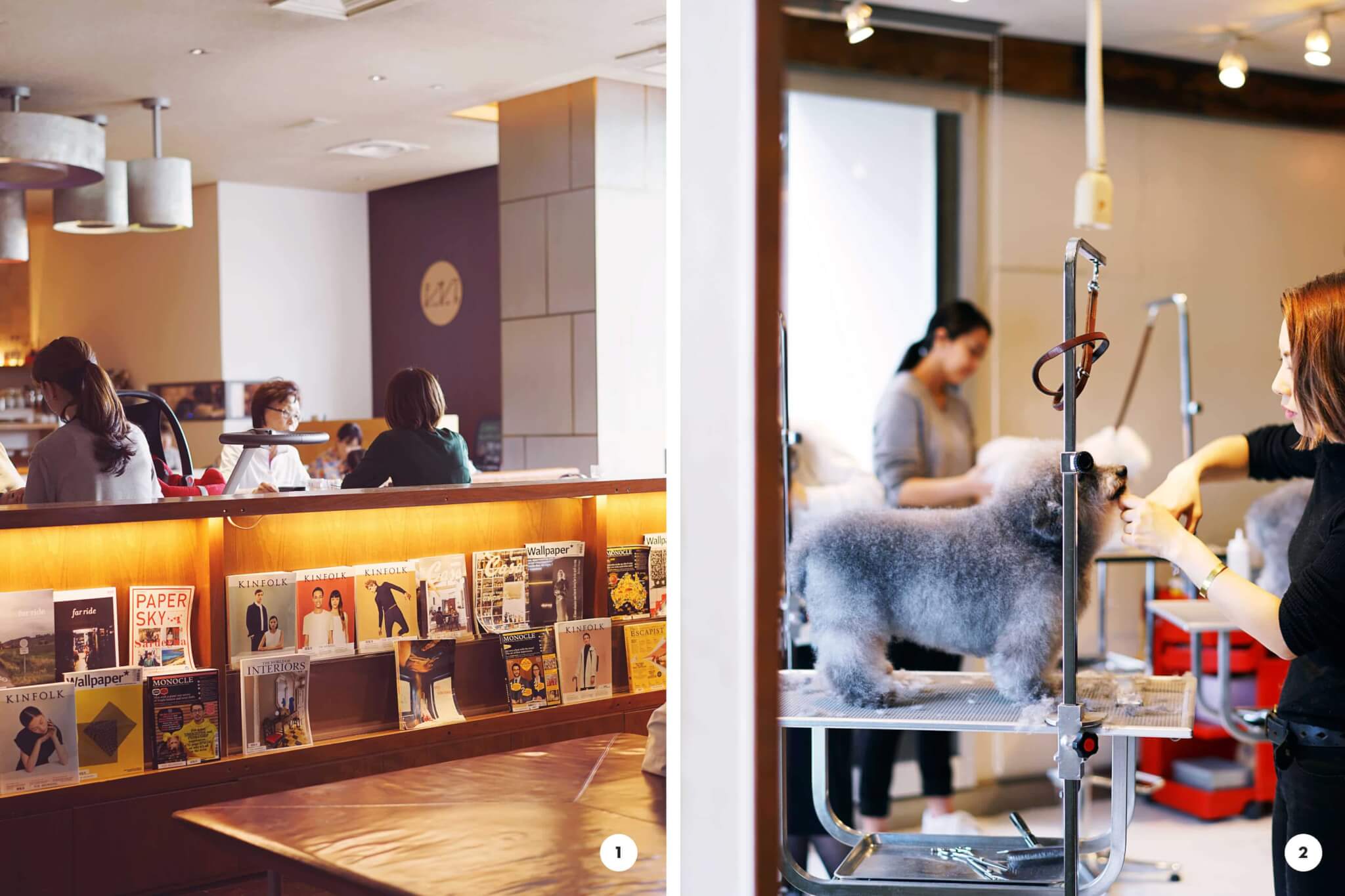

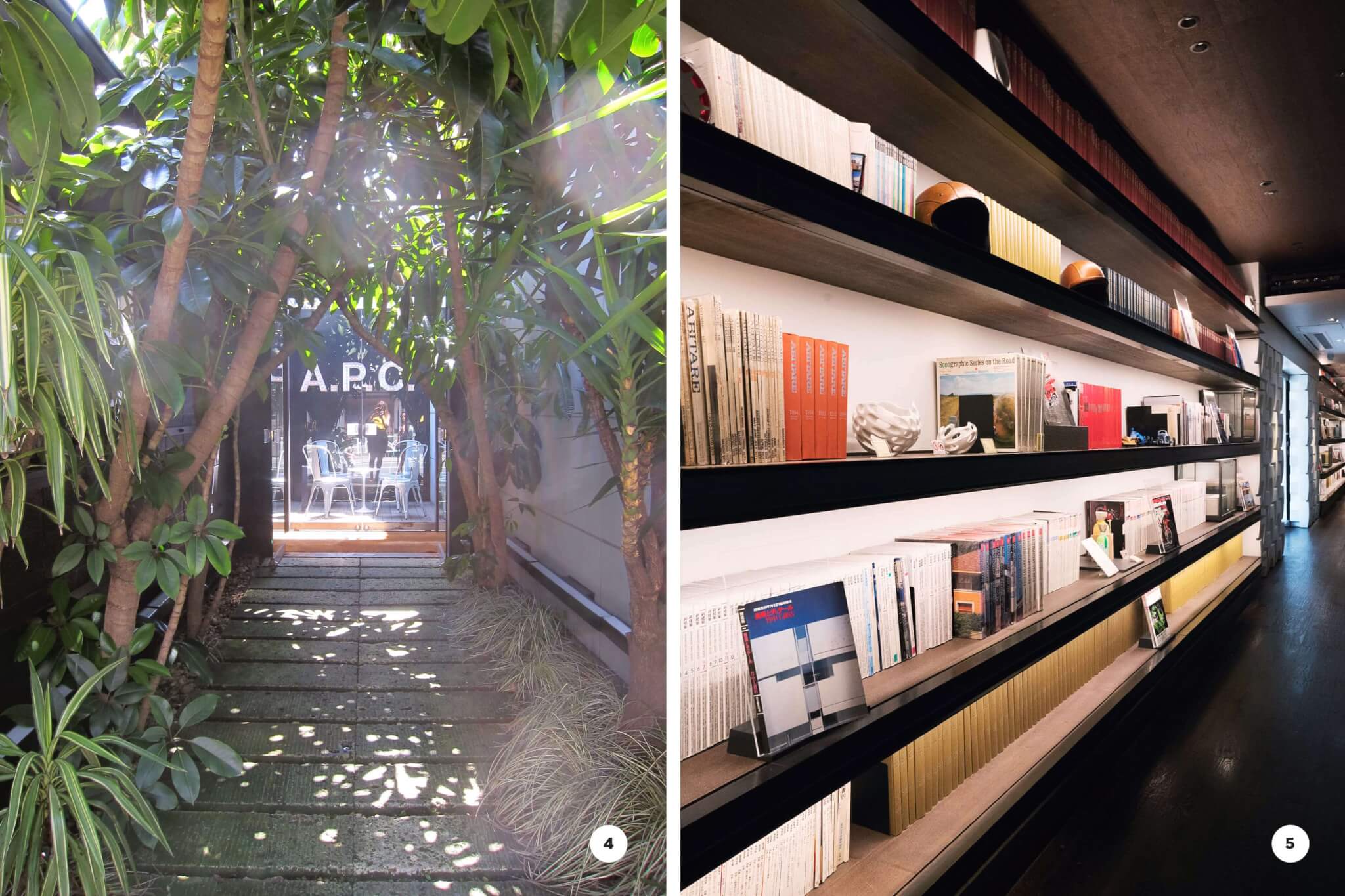

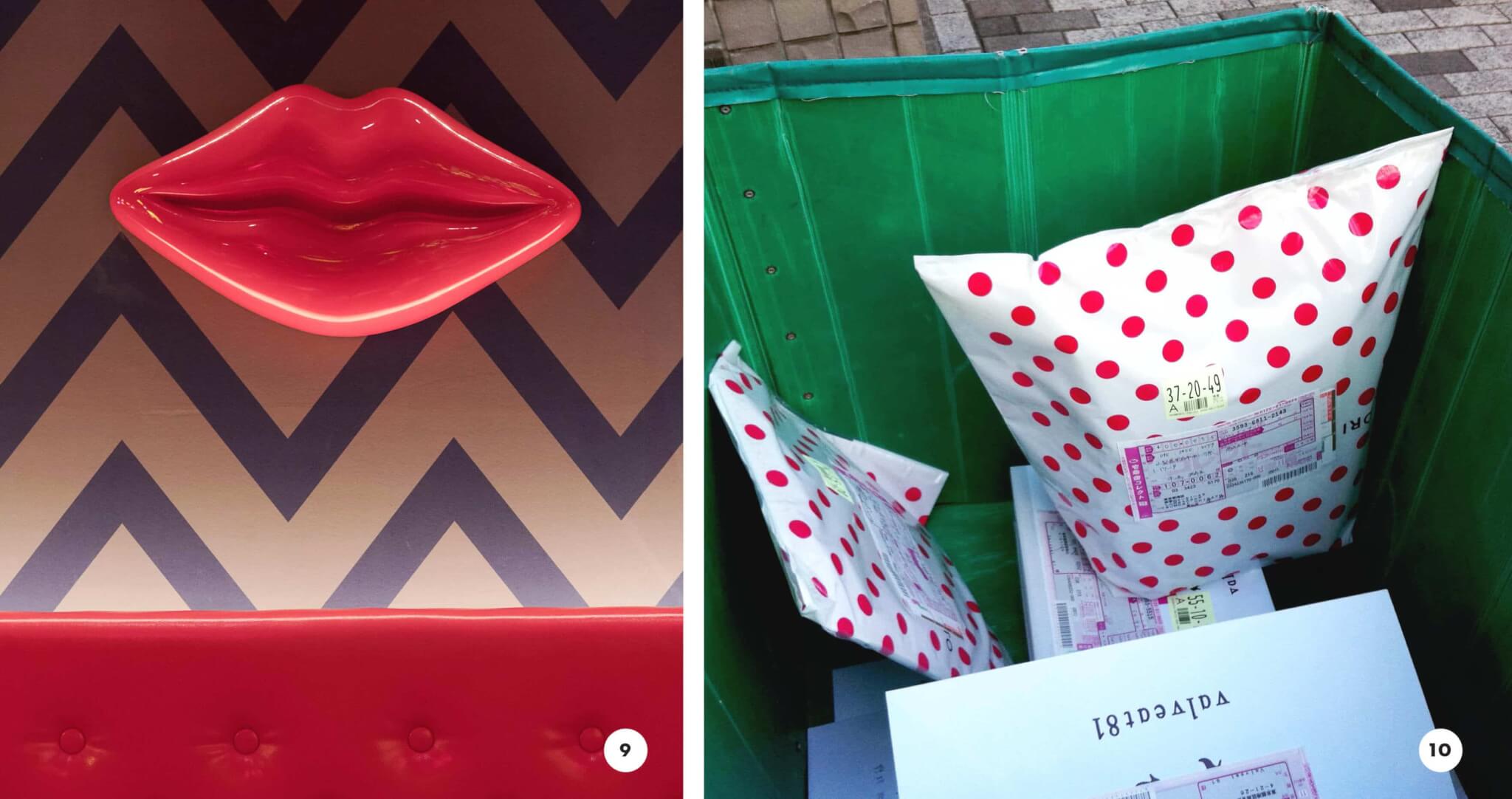
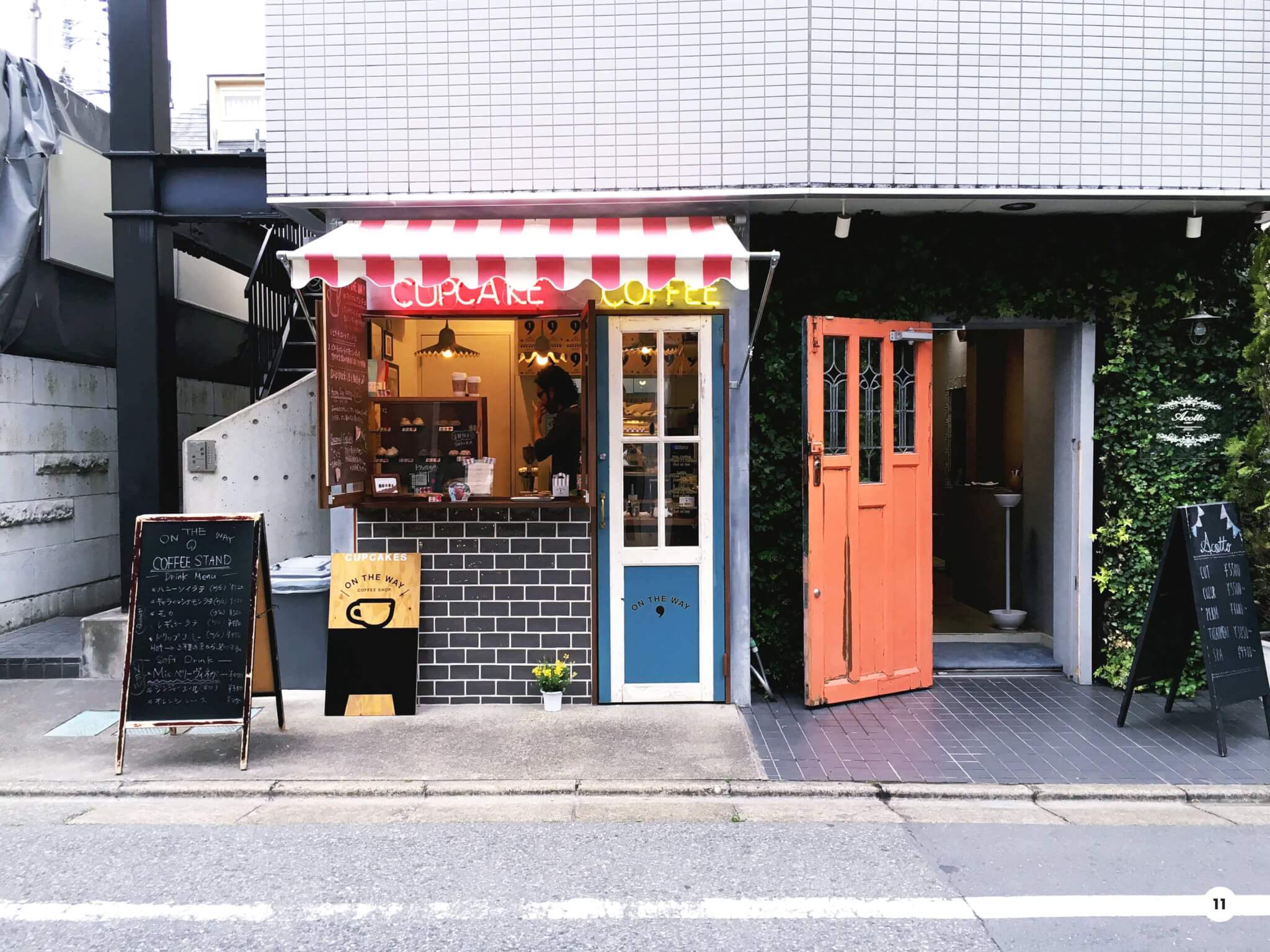
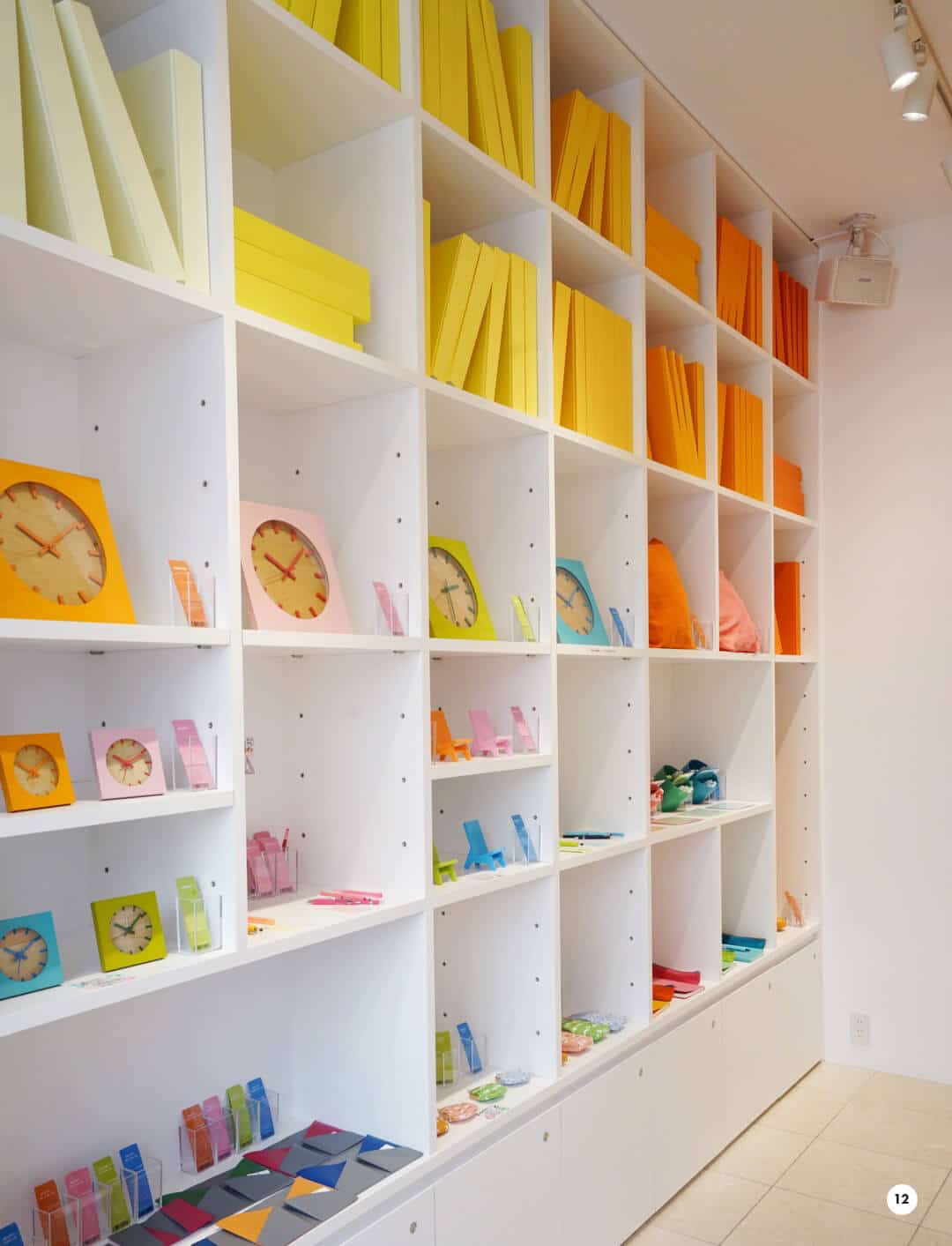
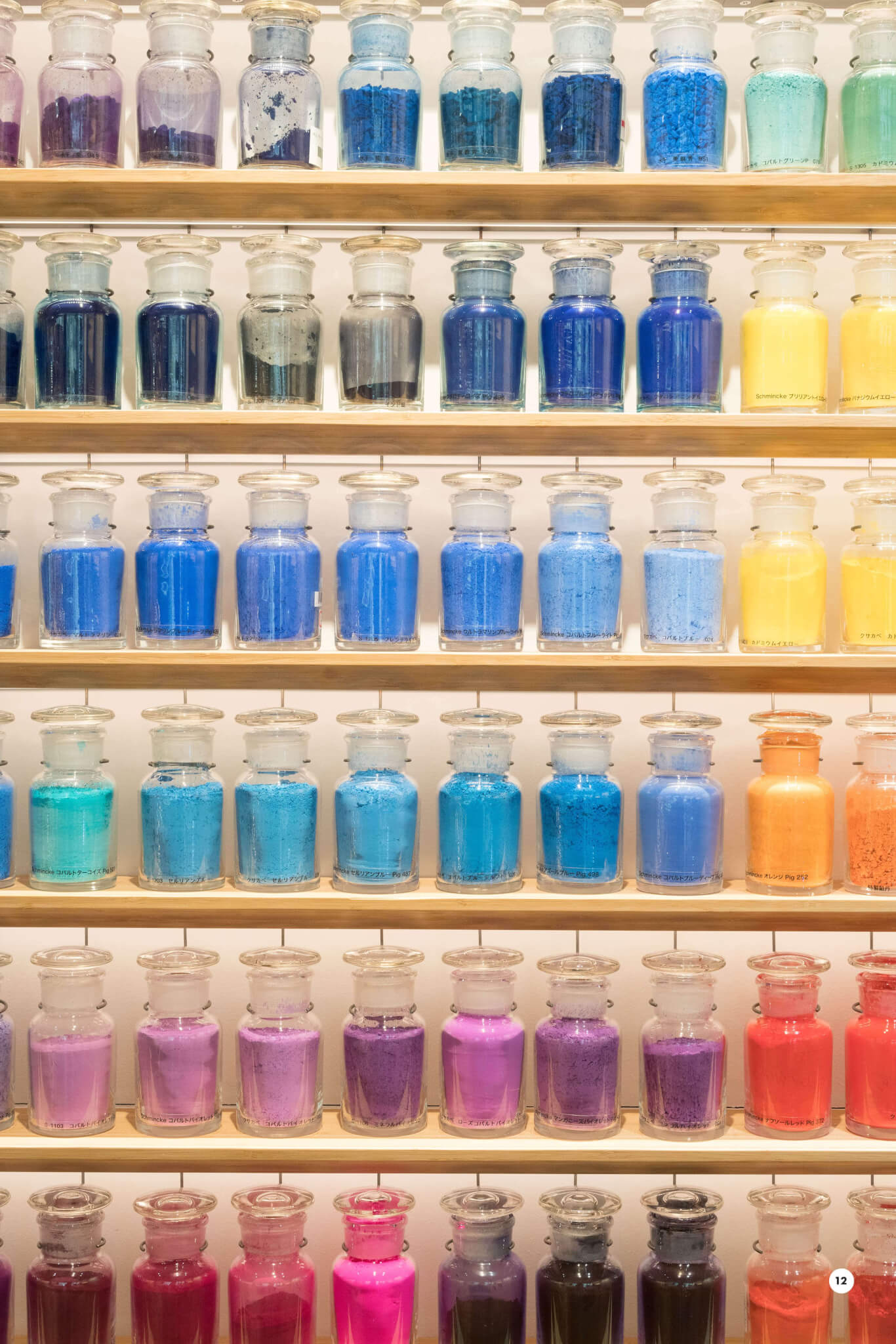
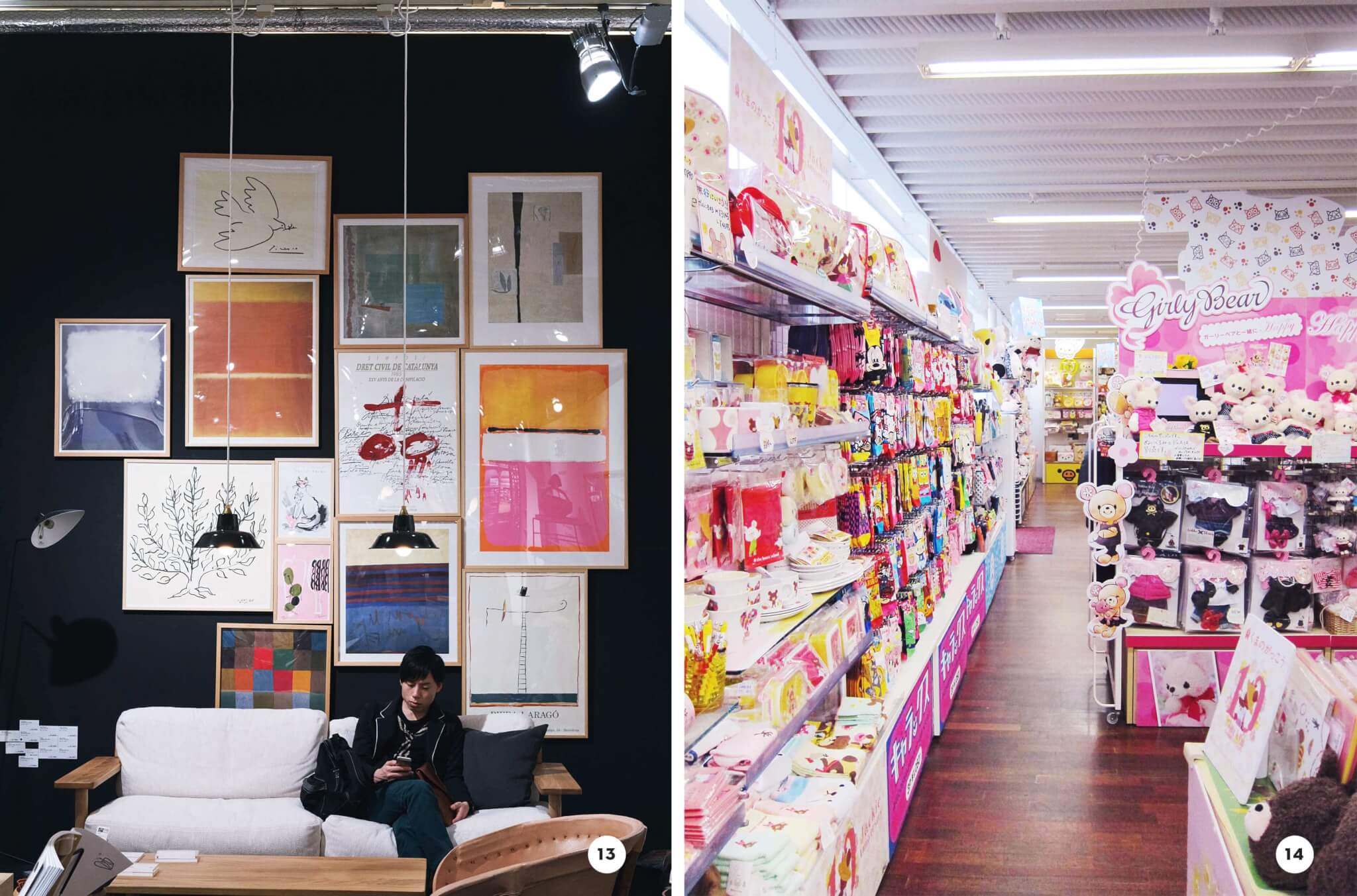

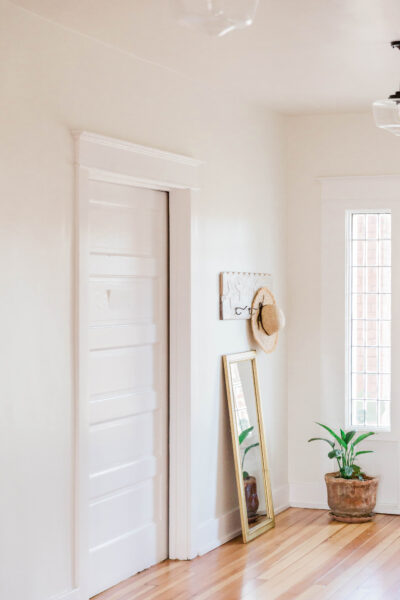

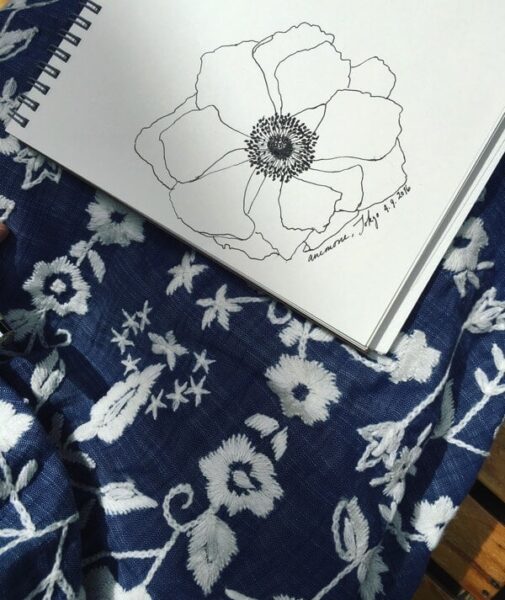

Discussion (4 Comments)
I love love LOVE the new format! 😀 and I can’t wait for the book! So excited for you! Congrats! You deserve it!
Thanks so much, Britta!! 😀 You’re too sweet! ?
The re-design is beautiful, Ingrid; congratulations on this and your book! I’ll be referring to this guide the next time I visit Tokyo for sure.
Michelle, thanks for your kind words! Hope you’re well. Can’t wait to see what you get up to when you go to Tokyo!